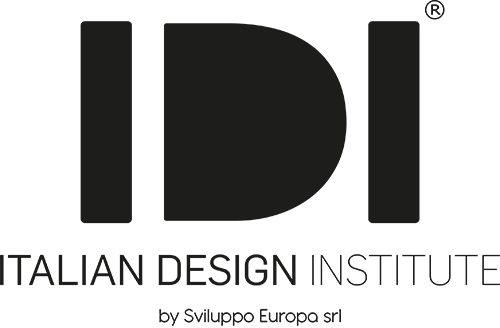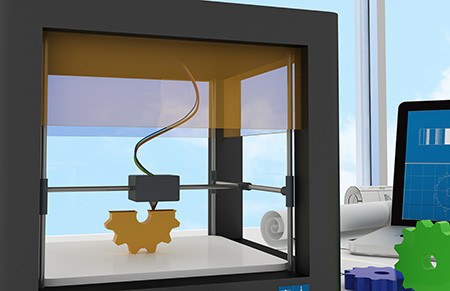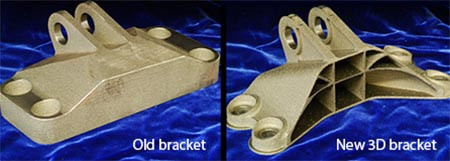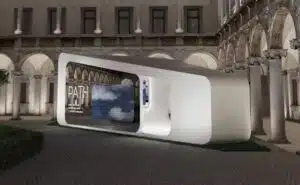[vc_row][vc_column][vc_column_text]'3D printing innovation is synonymous with a new industrial revolution'.
'It will completely change our habits'.
'It will be more important than the advent of the web'.
'The paradigm of industrial production will be overturned'.
OK, you read, hear and see a lot about 3D printing, but in practice - in a nutshell - what is it good for? Imagine the man in the street asking himself this slightly bewildered questionafter being bombarded with enthusiastic claims about the advent of 3D printing and having to distinguish between advertising hyperbole, technophilic exaltations and possible threats to his established lifestyle. In a day consisting of waking up, breakfast at the café, eight hours in the office, household chores, dinner and a movie on TV and then seven hours of sleep, how does 3D printing fit in? What will change in practice in the daily lives of millions of people?
By following the evolution of 3D printing from 2013 to today, we can lend a hand to those who are only now approaching this world by providing a list of the main innovations that this technology will produce in the short and medium term. What will happen in the long term, of course, is impossible to predict.
Click on the link for more information on the IDI specialisation course in 3D Printing.
Application areas of 3D Printing
1 - Prototyping for industry. Every new model of car, motorbike, plane or shoe, if produced industrially, has to follow a certain process before reaching assembly line production, starting with the design and testing of prototypes. With 3D printing, the process becomes much leaner, simpler and cheaper: all you need is a computer with a drawing programme (e.g. CAD) and a 3D printer capable of processing that material. You print the part, test it, modify it, try again. Saving a lot of time and money.
2 - Construction of innovative design objects. Everyone can become a designer, even if only for the furniture in their own home, or for the customised fairing of their motorbike. The 3D printers required for home use are small and rather cheap (e.g. less than €500 for those printing PET material). It is also possible to start small-scale mass production (10-15 pieces per day) if the object meets with market favour.
3 - Production of spare parts. Problem: the washing machine breaks down and the necessary spare part has to arrive from the parent company in Korea. It will cost €300 and take about two weeks. Solution: take the broken part; take three photos on the x-, y- and z-axes; import the photos into the 3D drawing programme that controls your printer; choose the right material et voila: in a few hours and for 50 € the spare part will be in your hands.
4 - Fabrication of prostheses. There is no such thing as one human being equal to another. Neither is a hip, a femoral head or a vertebra. In the event of an accident, or wear and tear due to age, it is enough to scan the bone and reconstruct it with a 3D printer. It is no coincidence that this is the area that is attracting the most investment and the most competitors in the field of Biomedicine.
5 - Visualisation of complex objects. The human imagination is based on images, but it is very difficult to recreate in one's mind detailed visions of non-visible objects, such as collapsed star systems, or the morphology of a human brain, but also the exact shape of a tumour mass. Astrologers and surgeons are becoming accustomed to using 3D printers to create models that reproduce the object of their studies in minute detail, with undeniable advantages in theoretical modelling as well as in surgical practice.
6 - Revolution in the kitchen. What might sound like a Star Trek-style scenario is already reality: the Foodini 3D printer is on the market (click to believe: naturalmachines.com).
7 - New product distribution model. Why make purchased goods travel thousands of kilometres when you can send the blueprint (blueprint is the technical term, for those in the know) via e-mail, which will be 3D printed and turned into a real object at the nearest production centre? Just think of the drastic reduction in road transport and the number of TIRs on the road, resulting in less traffic, pollution and road accidents.
8 - New model of widespread production. Large retailers will face a radical paradigm shift: production will increasingly be in small series, with customisation of products becoming the rule rather than the exception. Thanks to additive manufacturing, it will be enough to create networks of small companies capable of mass producing a few dozen pieces per day to have the same amount of production as an old large company. All with a reduced environmental impact, less material waste and much more production flexibility. Management problems will be reduced to mere organisational and logistical issues, for which ICT can provide optimal solutions.
9 - More efficient forms. With 3D printing, new hollow and 'box-like' shapes can be created that provide the same mechanical strength, resilience and durability as the old assembled products, but with significantly less weight. General Electrics held a web competition in 2013 to design an aircraft turbine bracket and a jet fuel injector. The new parts designed and manufactured using 3D printing were lighter than the 80% and more efficient than the 15%.
10 - New meta-materials with unusual properties. How would you like to have a metal material that expands in the cold and shrinks in the heat by exactly the millimetres required to trigger a lever? Some will say that this is science fiction, because metals behave in exactly the opposite way, yet such a material has already been created. At the Lawrence Livermore National Laboratory in California, they have patented a neometal that will be mounted on the next astronomical satellites. Previously, sensors, servomechanisms and batteries were needed to achieve results like this. All things that can break and consume energy; objects that have been replaced by a neometal webbing. It will soon be possible to make materials that are rigid in length and elastic in width, or capable of changing shape as the applied electrical voltage changes. The application possibilities are virtually unlimited.
11 - New professions. Every technological revolution causes a change in the labour market. The invention of movable type printing in 1455 put the amanuensis out of business and created the class of printers. With the 3D revolution, the same thing will happen: there will be less work for general workers in traditional industries, compensated by a growth in the extraction of materials used by printers, but above all by a great demand for IT operators who are familiar with modelling software and the user interfaces of the various 3D printer models. The first to train professionally in the sector will therefore gain experience and technical skills that will become more valuable than ever in the coming years.
Sources: Wired.com – Zdnet.com – Gereports.com[/vc_column_text][/vc_column][/vc_row][vc_row][vc_column][mk_button dimension=”outline” corner_style=”full_rounded” size=”medium” icon=”mk-icon-home” url=”/” align=”center” margin_top=”15″ margin_bottom=”0″ margin_right=”0″]Torna alla Home[/mk_button][/vc_column][/vc_row]
